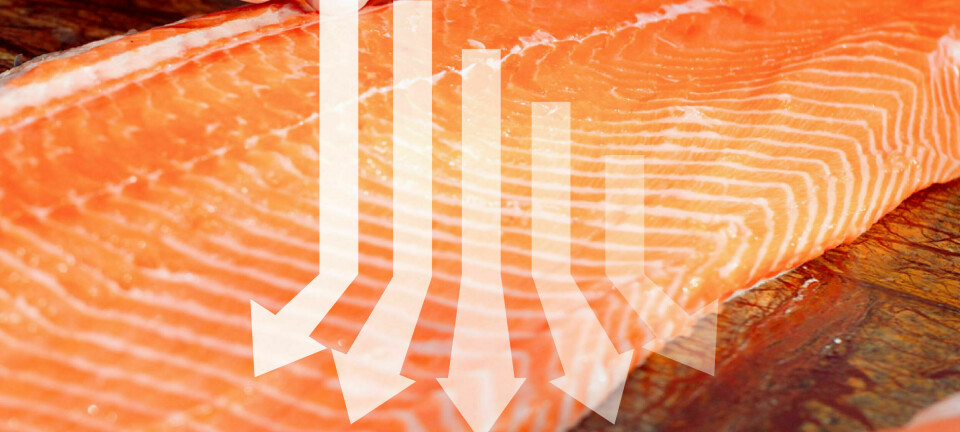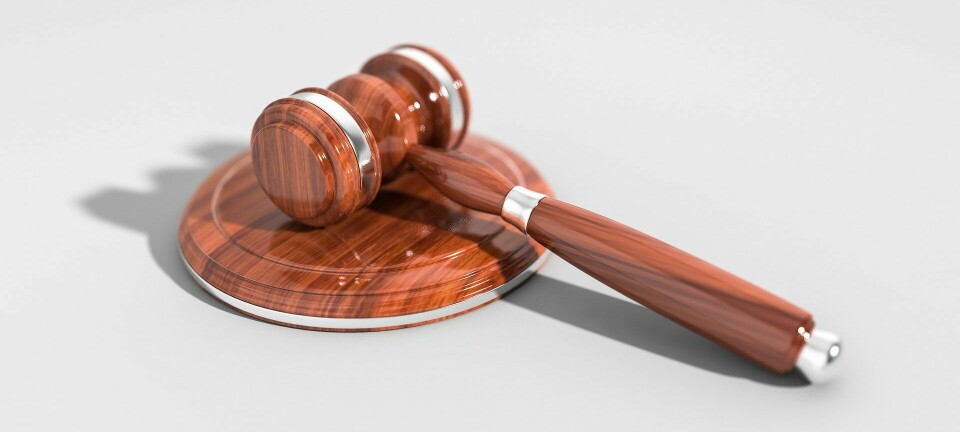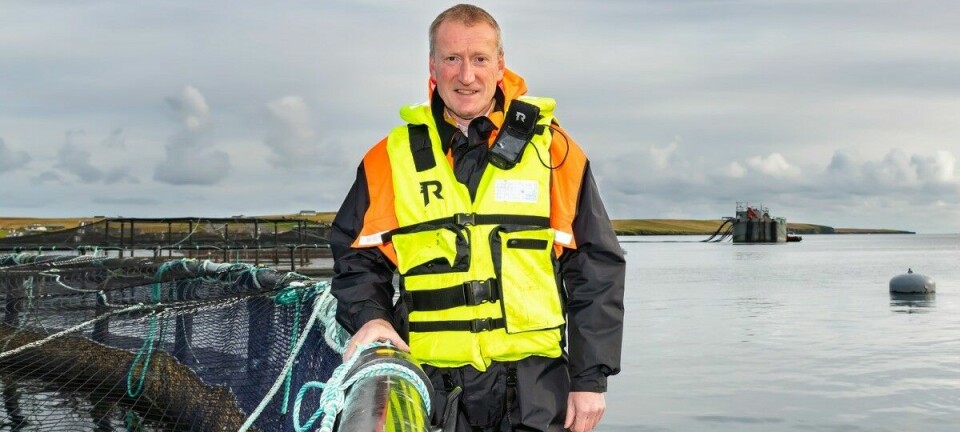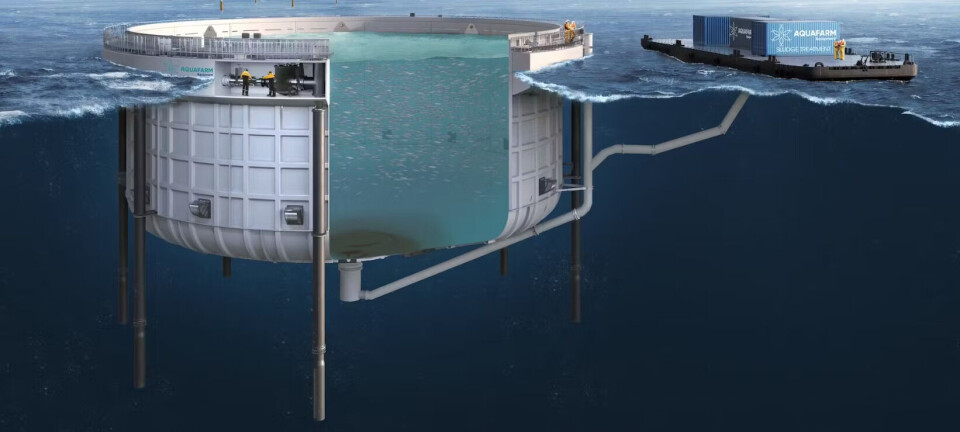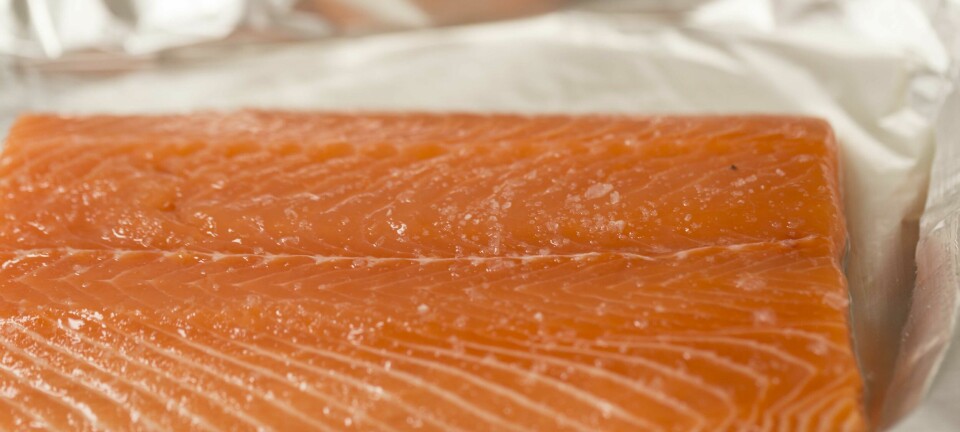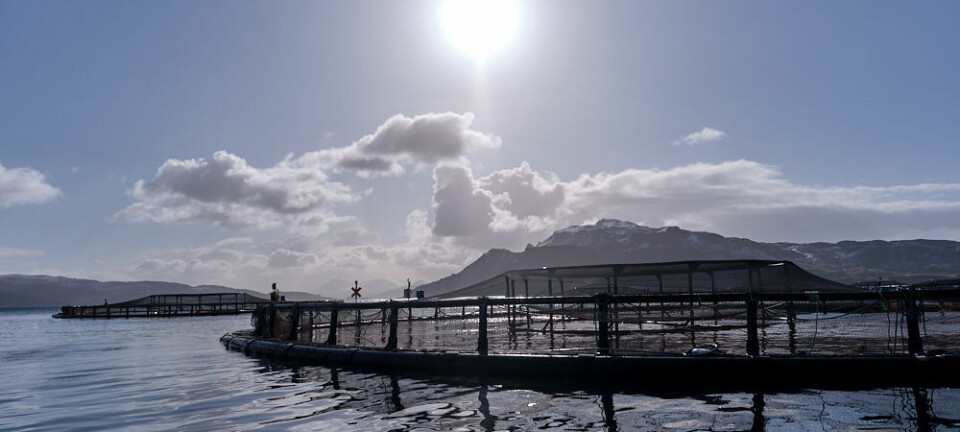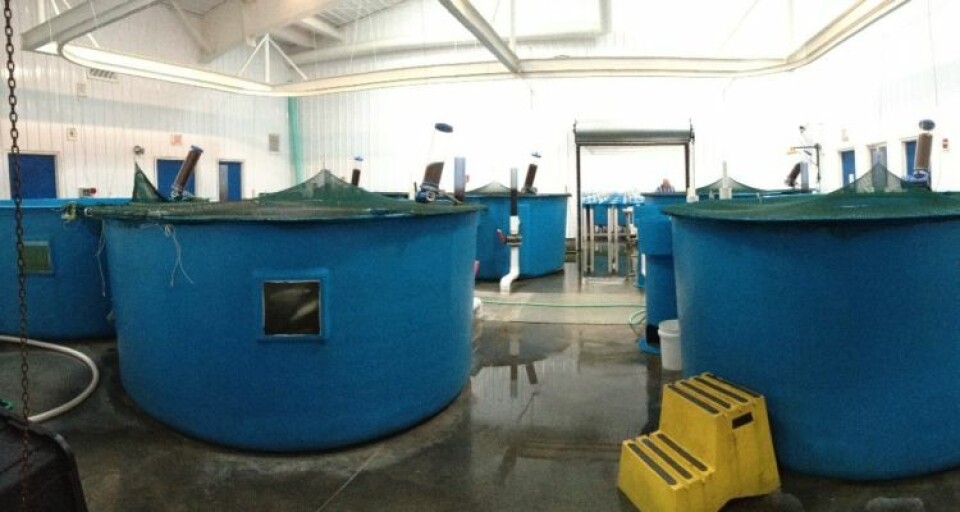
Bacteria ‘can replace fish protein in feed’
A new study shows that a type of single-celled protein contained in bacteria could replace wild-caught fish and agricultural products as an ingredient in salmon feed.
KnipBio report that their study called "A Transdisciplinary Approach To The Initial Validation Of A Single Cell Protein As An Alternative Protein Source For Use In Aquafeeds" , has confirmed the efficacy of the protein.
The study is the result of a collaboration between researchers from KnipBio, Inc., a biotechnology company from Massachusetts, the New England Aquarium, the University of Massachusetts at Boston, Roger Williams University and the USDA Agriculture Research Service.
The study was conducted to test whether a diet consisting of between 30 percent and 100 percent of the bacteria Methylobacterium extorquens in pellet form would sustain fish and shrimp.
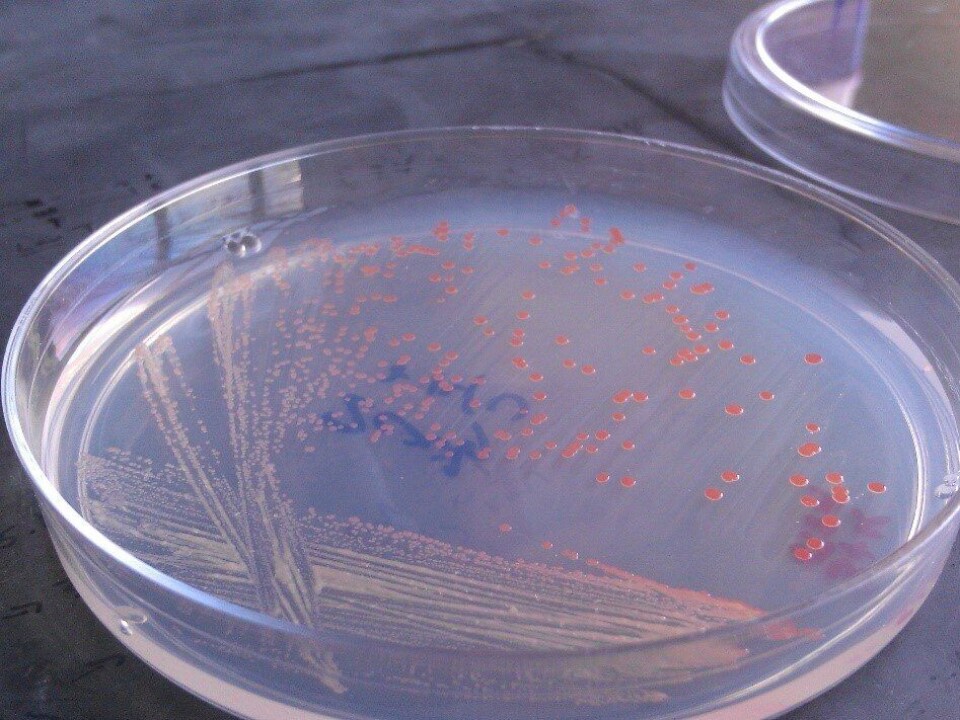
The company writes that M. extorquens is a very common bacterium cultured by conversion of methanol through fermentation in tanks. But instead of getting beer as the end result, the fermentation produces a bacterium which the company has chosen to call KnipBio MealTM which has a composition of protein and amino acids very similar to the protein found in wild fish.
High-quality alternative
According to Larry Feinberg, chief executive of the company, the study was conducted to find out whether it is possible to replace wild fish in feed with other sustainable ingredients.
“The results of the study indicate that a diet made up of single cell protein can serve as a high-quality alternative in aquaculture feeds. Our work since studies were conducted shows that the genetic optimisation of single-cell proteins also further improve these results," says Feinberg.
The study looked at the efficacy of KnipBio meal as a food for three important aquaculture species: white shrimp, Atlantic salmon, and smallmouth grunts. All three species experienced similar or better growth and survival rates when fed a diet containing KnipBio meal when compared to fish given a diet of conventional commercial feed.
"The results of the study suggest that a diet consisting of single cell protein can be a high quality alternative fish feed. Our work since the study was completed indicates that genetic optimisation of the single cell protein can further improve these results," says Feinberg said in a statement.
The company points out that a disadvantage of a soy-rich feed is that it can lead to inflammation in the intestines of various aquaculture species, something they believe they avoid using this bacterium.
"In addition to providing a healthier fish, there are several benefits to using raw materials. A production plant matches protein production on a 10,000 hectare soya plantation in operation, so one can dramatically reduce the environmental impact. The process also eliminates the need for chemical fertilisers and pesticides and reduce energy consumption", says Feinberg.




